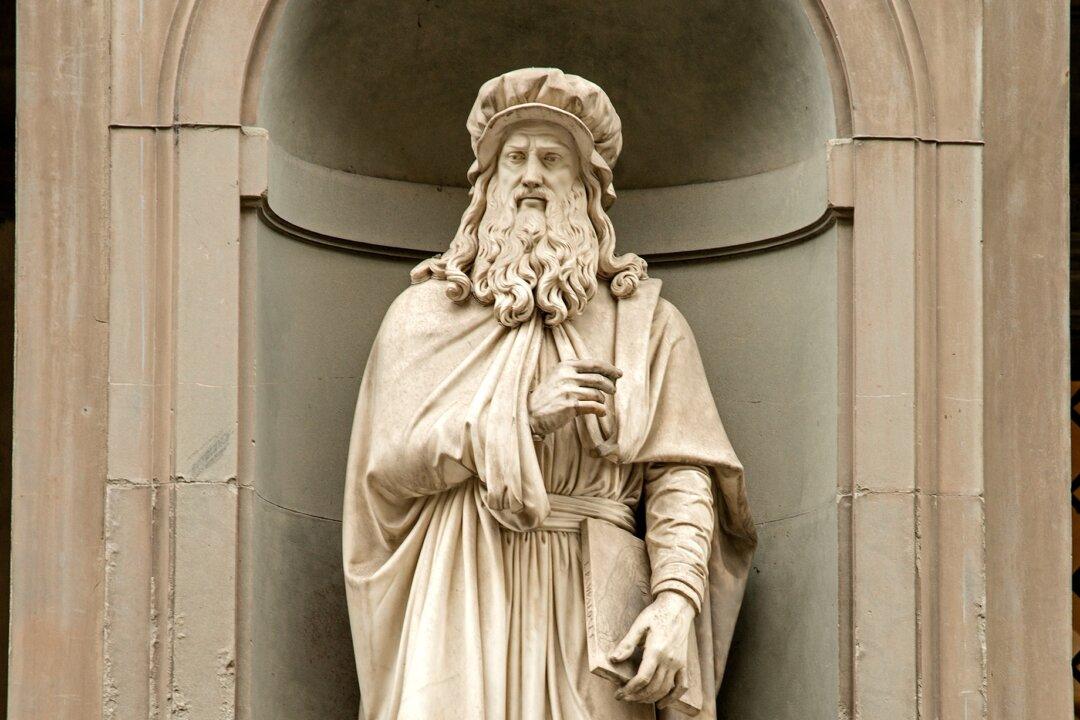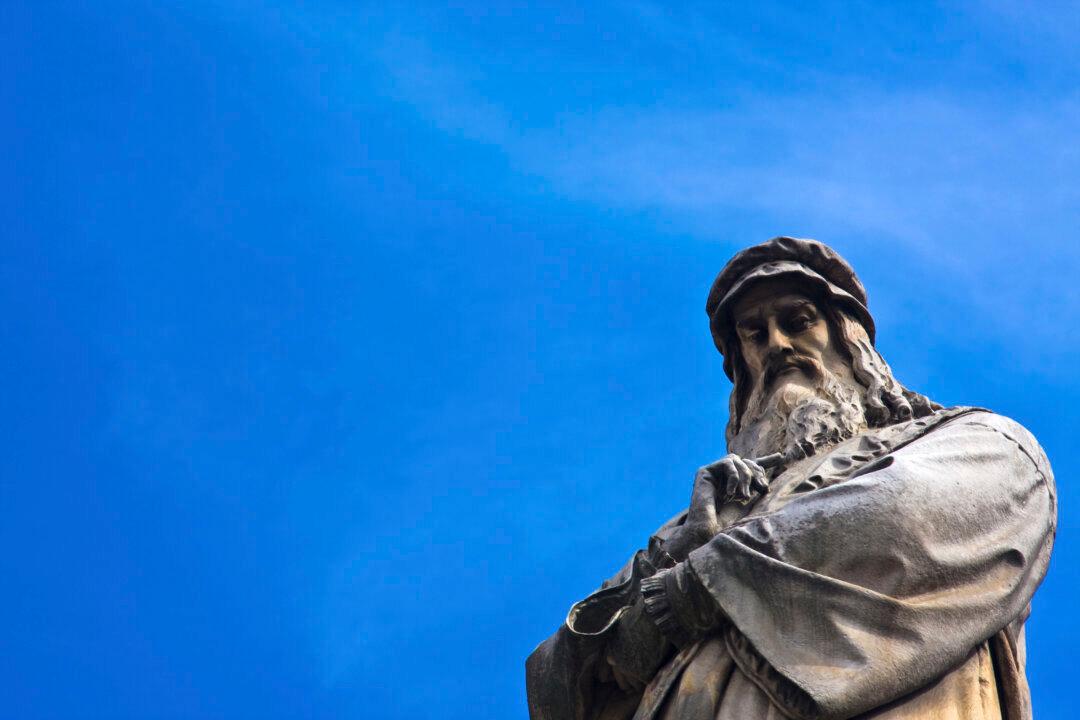Leonardo da Vinci, as we know, was the epitome of the Renaissance man. We know that he was a genius, a polymath, a pioneer in fields as diverse as anatomy and hydrodynamics. We know that Leonardo invented the tank, the helicopter, the flying machine, the parachute, and the self-powered vehicle. We know that he was a “man ahead of his time” and that his visionary inventions weren’t to be realized for centuries.
Well, not exactly. Leonardo the inventor is subject to legends in much the same way as is the “Mona Lisa.” But the reality beneath the stories is no less exciting, as the London Science Museum’s 2016 exhibition Leonardo da Vinci: The Mechanics of Genius made abundantly clear.


